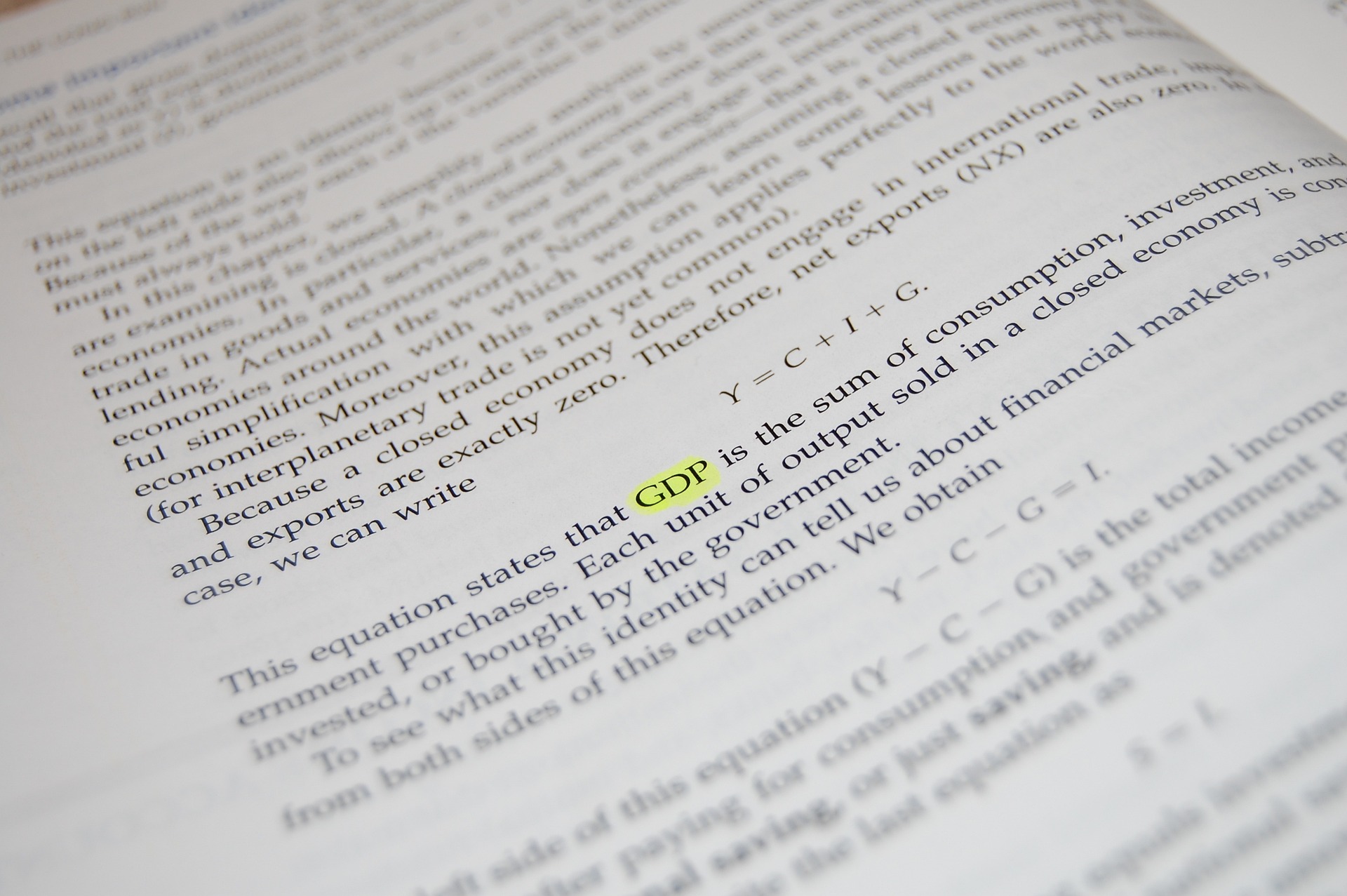Ready to learn more about Economy? One thing important to understand is the GDP.
But what is the GDP?
Great question! Gross Domestic Product (GDP) is a measure of the total economic output of a country. It is often used as an indicator of a country’s economic health and is calculated by adding up the value of all goods and services produced in a given period.
There are three different ways to calculate GDP: the expenditure approach, the income approach, and the production approach.
- The Expenditure Approach: This method adds up all of the spending in the economy during a given period. It includes the following components:
a. Personal Consumption Expenditures (C): This includes all of the spending by households on goods and services.
b. Gross Private Domestic Investment (I): This includes all of the investment by businesses in capital goods (like machinery and buildings) and inventory.
c. Government Consumption Expenditures and Gross Investment (G): This includes all of the spending by the government on goods and services, as well as any investment by the government in infrastructure or other capital goods.
d. Net Exports (X – M): This is the value of all exports minus the value of all imports.
To calculate GDP using the expenditure approach, we simply add up all of these components: GDP = C + I + G + (X-M)
For example, suppose a country has the following values for each of these components:
- Personal Consumption Expenditures: $2 trillion
- Gross Private Domestic Investment: $500 billion
- Government Consumption Expenditures and Gross Investment: $1 trillion
- Net Exports: -$200 billion (meaning the country imports more than it exports)
Using the expenditure approach, the country’s GDP would be:
GDP = $2 trillion + $500 billion + $1 trillion + (-$200 billion) = $3.3 trillion
- The Income Approach: The income approach adds up all of the income earned in the economy during a given period. This includes the following components:
a. Compensation of Employees (W): This includes all of the wages and salaries paid to workers.
b. Rental Income (R): This includes all of the income earned by property owners from renting out their property.
c. Corporate Profits (P): This includes all of the profits earned by businesses after taxes and other expenses.
d. Interest and Dividends (I): This includes all of the interest earned on investments, as well as any dividends paid to shareholders.
e. Taxes on Production and Imports (T): This includes all of the taxes paid by businesses on their production and imports.
To calculate GDP using the income approach, we simply add up all of these components:
GDP = W + R + P + I + T
For example, suppose a country has the following values for each of these components:
- Compensation of Employees: $1.5 trillion
- Rental Income: $200 billion
- Corporate Profits: $800 billion
- Interest and Dividends: $300 billion
- Taxes on Production and Imports: $400 billion
Using the income approach, the country’s GDP would be:
GDP = $1.5 trillion + $200 billion + $800 billion + $300 billion + $400 billion = $3.2 trillion
Notice that this is slightly lower than the GDP calculated using the expenditure approach. This is because the income approach only includes income earned by factors of production (like workers and property owners), whereas the expenditure approach includes spending by both factors of production and consumers.
- The Production Approach: The production approach adds up the value of all goods and services produced in the economy during a given period. This method can be more difficult to use than the other two, as it requires detailed information about the production process for every good and service produced in the economy.
To calculate GDP using the


